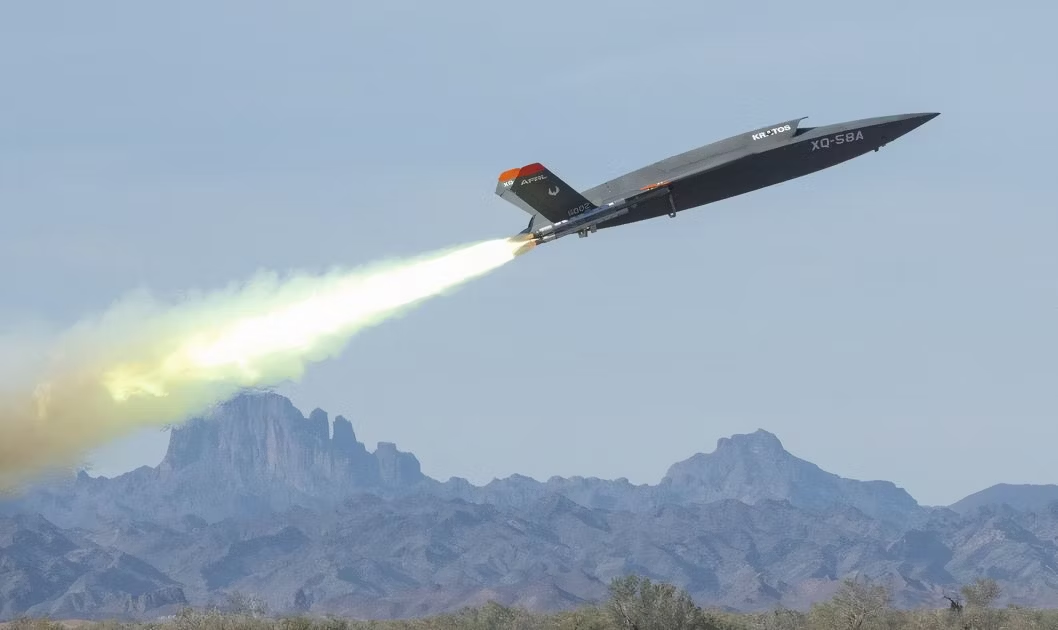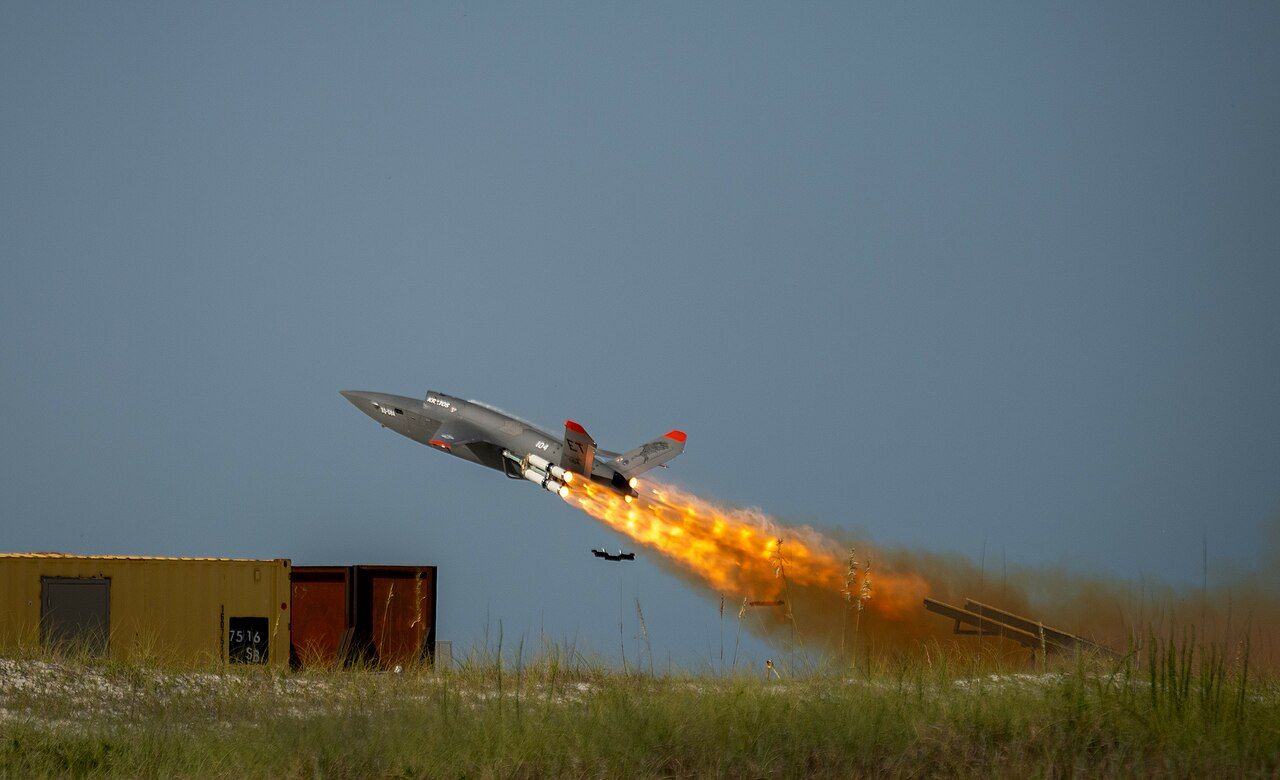The Marine Corps’ new uncrewed collaborative combat aircraft,
the XQ-58A Valkyrie
, has just successfully completed its third test flight at Eglin Air Force Base in Florida (the United States Air Force
carried out the first test flight
in 2019). The XQ-58A Valkyrie should not be confused with the more sophisticated
General Atomics X-67 and Anduril Fury UAVs selected
to move forward for the Air Force’s Collaborative Combat Aircraft program.
Marines conduct third XQ-58A Valkyrie test
The new test of the experimental XQ-58A was conducted on September 20, 2024, and demonstrated the newly added Link-16 capabilities for the uncrewed collaborative combat aircraft prototype. This was the first time the DoD has controlled a UAV using offboard expeditionary methods. According to a Marine Corps statement, initial results indicate the test was successful with the vehicle meeting threshold requirements “for autonomously exchanging relevant tactical information.“
“This successful test was conducted in preparation for Emerald Flag 2024, a multiservice and multi-domain training exercise scheduled for October. The exercise will incorporate technology and focus on the efficiency of joint warfare. The XQ-58A has proven itself ready for this capstone event, allowing the Marine Corps to demonstrate cooperative kill chain closure between manned and unmanned strike platforms for the first time in a large-force exercise.” – US Marine Corps
Kratos XQ-58A unmanned combat vehicle
The XQ-58A is an advanced type of loyal wingman drone being developed through an Air Force Research Laboratory partnership with Kratos Defense & Security Solutions, Inc. It is designed to be a low-maintenance, reusable example of an “attritable” aircraft usable for several missions (such as ISR, EW, wingman for manned fighters, airborne communications relay, and more).
“This long range aircraft is designed for high speeds and agile maneuverability, enabling it to perform a variety of missions. It is runway-independent, offering maximum operational flexibility to the warfighter.” – Air Force Research Laboratory
The Air Force Research Laboratory states it is designed to be low-cost, enabling it to be lost in combat. Some estimates for the cost of the Collaborative Combat Aircraft (loyal wingman drones) under development suggest they will cost around $30 million each. By contrast, the Valkyrie is expected to have a unit cost of $4 million if it is produced at an annual production rate of 50 per year. If they are purchased at a rate of over 100 units a year, the cost could fall below $2 million.
Need for cheaper mass
The US Air Force is shrinking
– and is expected to continue to shrink for the foreseeable future. Older manned fighter jets are not being replaced one-for-one by newer much more capable and expensive fighter jets. This trend is expected to continue once the six-generation NGAD fighter enters service. To make up for the loss of mass, the Air Force, Marines, and Navy are turning to advanced loyal wingman drones as force multiplies to escort manned fighter jets.
Photo: USAF
Kratos (the company behind the XQ-58 Valkyrie) says they can produce 250 to 500 Valkyries annually. For comparison, the
entire US fighter jet production (including for export) is around 250 aircraft a year
.



